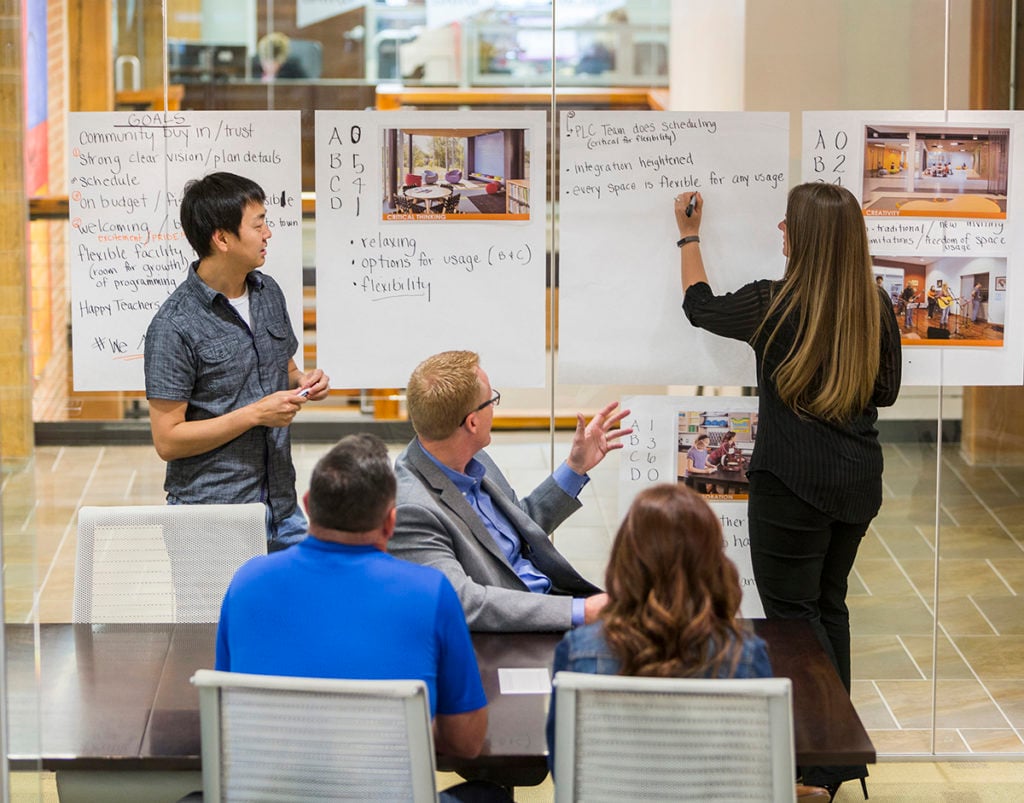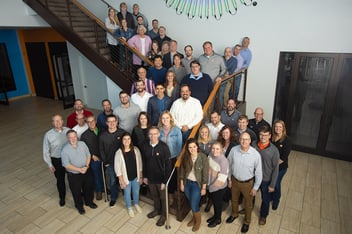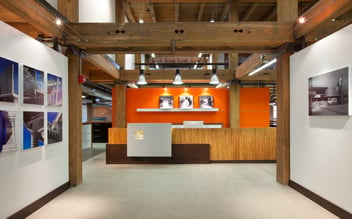 It isn't uncommon to have the same productivity expectations for architects and designers as you might have for builders, and many people desire to fast-track the design of their projects because of this. In theory, the upside to fast-tracking design is that it could save you money by limiting the amount of time it takes to get a completed project. But are there any issues with fast-tracking the design process? Does quick have a downside? Let's take a closer look…
It isn't uncommon to have the same productivity expectations for architects and designers as you might have for builders, and many people desire to fast-track the design of their projects because of this. In theory, the upside to fast-tracking design is that it could save you money by limiting the amount of time it takes to get a completed project. But are there any issues with fast-tracking the design process? Does quick have a downside? Let's take a closer look…
Time to Collaborate
When the design process gets rushed, time to collaborate with key individuals about important decisions gets cut. Involving the appropriate stakeholders to review and consider decisions before they're made can end up saving you a lot in the long run. The design process is extremely detailed and complex. We need to understand your student population, your faculty, your culture and who you are. If the process is rushed, these details get overlooked and the entire project can suffer. In the planning and design phase, we are dealing with a variety of stakeholders, and therefore, personalities. The time to build consensus among your group of decision makers is vital to a project’s success.
The design process is extremely detailed and complex. We need to understand your student population, your faculty, your culture and who you are. If the process is rushed, these details get overlooked and the entire project can suffer. In the planning and design phase, we are dealing with a variety of stakeholders, and therefore, personalities. The time to build consensus among your group of decision makers is vital to a project’s success.


